As known, the light source is one of the main and expensive elements of the projector and significantly affects its choice. Its cost can reach 20-30% of the model value. The power of the light source directly affects the projector brightness. In turn, the brightness affects the requirements for dimming. For example, a low-power portable projector with a brightness of up to 100 ANSI Lm can provide acceptable quality only in a dark room. A powerful 3LCD projectors with a brightness of 2500-4000 ANSI Lm work fine even in diffused light without additional dimming. Unfortunately, even such models do not provide acceptable quality in direct sunlight. But, a powerful lamp requires effective cooling. Therefore, such projectors usually have a fairly high noise level due to a powerful fan.
Modern projectors use mercury or xenon lamps, semiconductor (LEDs and laser LEDs) or hybrid light sources.
Lamps
Most projectors traditionally use UHP (Ultra High Efficiency) mercury lamps as a light source.
They combine a relatively low price, ease of replacement and high brightness. The approximate life of modern lamps reaches 3000 – 5000 hours in maximum power mode, and their power varies from 200 W and more.
The lamp generates a stream of white. Special color filters in 3LCD projectors or in the color wheel of DLP models divide it into red, green, blue, etc streams. Unfortunately, UHP lamps provide white with a green tinge. Usually, companies compensate for the excess green with optical filter or by limiting its brightness. For example, many models use Dynamic or Cinema image modes. The first mode uses maximum brightness, but with a green tint, and the second mode provides more accurate color rendering, but with reduced brightness.
High operating temperature is a major cons of UHP lamps. It requires intensive cooling with a sufficiently powerful fan. Unfortunately, they have a fairly high noise level, which reduces viewing comfort. Therefore, this value is one of the main projector specifications.
Setting the optimum lamp brightness mode has a slight delay. Reducing the brightness of the lamp over time also applies to their disadvantages.
However, today these lamps are a proven, high-quality, bright and inexpensive projector light source.
Powerful xenon lamps generate a more balanced white with a perfectly even emission spectrum, providing more accurate color rendering.
Unfortunately, they are much more expensive and less effective. However, high-end projectors often use them.
Semiconductor light sources (LED and laser LED)
Modern models are increasingly using semiconductor light sources, including LEDs or laser LEDs. They generate a very narrow emission spectrum with pure rich colors that do not require special filters to separate colors from the white spectrum. Of course, this feature is very important for modern video standards, for example, for Ultra HD.
Power and cost are the main differences between laser and LED light sources.
Laser LEDs, especially green ones, have a higher cost of production, but they provide much more power.
The brightness of the LED light source usually does not exceed 500-700 ANSI Lm.
As a rule, expensive projectors use laser light sources. Portable models based on one-matrix DLP technology often use an LED light source.
The segment of portable (Cube, Pocket, Pico, Mini) projectors today leads in the growth of popularity. These models do not have a color wheel and provide instant response.
Many modern projectors have a WiFi module. The miniaturized dimensions with wireless connectivity ensure their outstanding portability.
Additionally, these sources have a huge service life, which varies from 20,000 to 30,000 hours. For comparison, lamps usually work about 5,000 hours. On the other hand, this period corresponds to a daily 2-hour viewing for 7 years, which is more than enough given the obsolescence of the model.
The power consumption and temperature of semiconductor light sources are also much lower compared to lamps. As a result, the lack of a powerful fan reduces their size and eliminates noise. But, unlike a lamp, their replacement requires contacting a service center.
Projectors with hybrid light sources (LED / Laser)
The LED light source provides low brightness of the green LED, and the laser source uses an overly expensive green laser. Some models, for example, Casio projectors, use a blue laser instead of a green LED that shines on a green phosphor.
In this case, the blue laser simultaneously forms blue and green. But projector must use a rotating color wheel.
The service life of hybrid light sources usually exceeds 20,000 hours. But, the term of effective operation of the green phosphor may be less. As a result, the possible degradation of the brightness and saturation of green can reduce the overall service life of the device. Nevertheless, the service life of these relatively new models significantly benefits compared with lamp projectors.
This video demonstrates the difference in clarity of the bulb projector on the left and laser projector right.
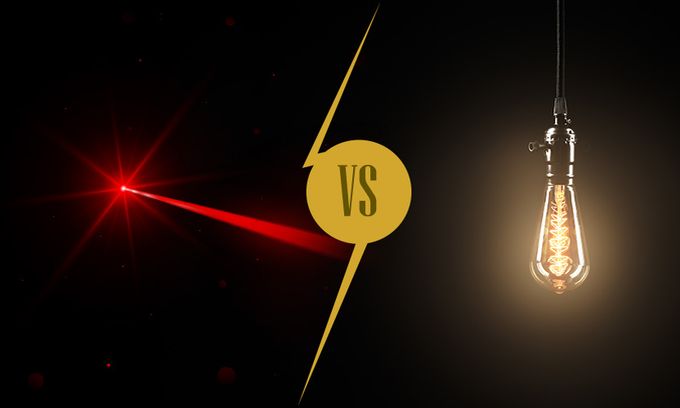
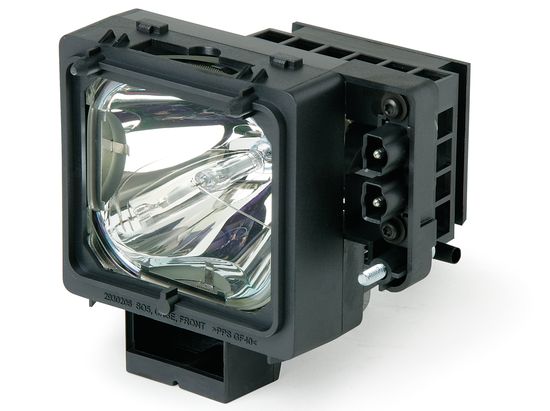
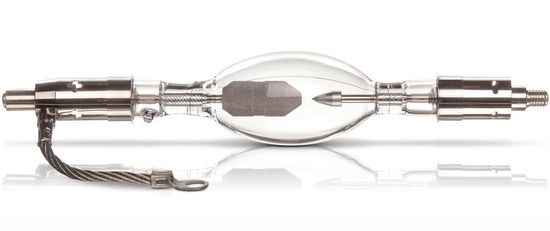
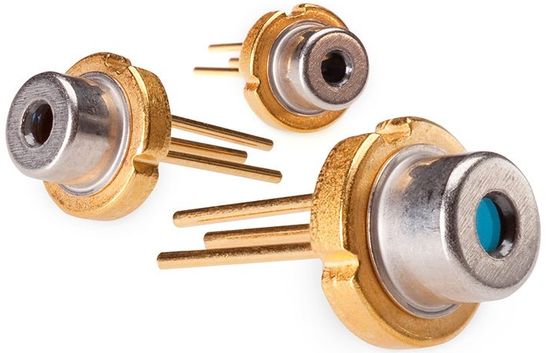
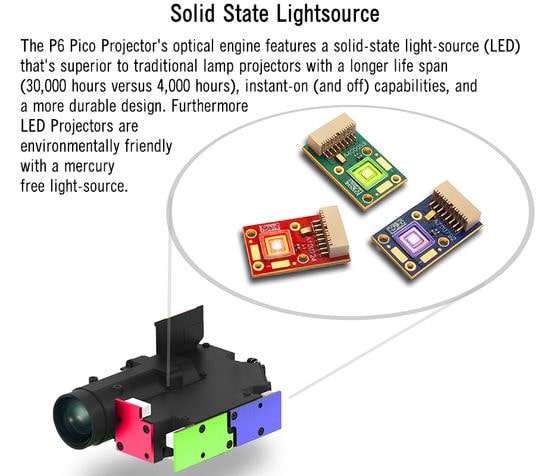
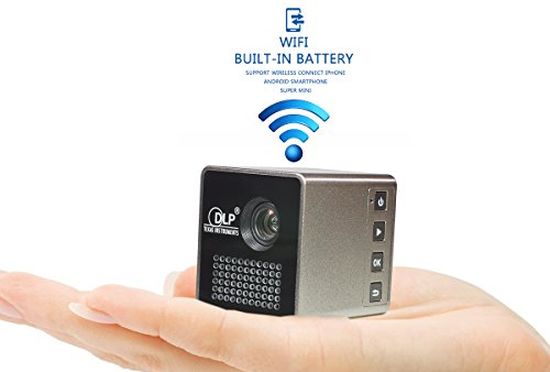
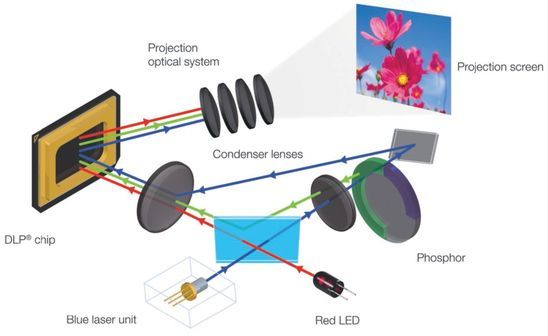
Pingback: Why are there no new projector phones in 2020? - The Appliances Reviews
Pingback: The best phones with built in projector on the market 2020 Overview - The Appliances Reviews
Pingback: Best portable projector specs Overview - The Appliances Reviews
Pingback: LG mini projectors 2020 Review - The Appliances Reviews
Pingback: LG PF1000UW Ultra Short Throw Full HD DLP projector Review - The Appliances Reviews
Pingback: Newest mini projectors Review - The Appliances Reviews
Pingback: Mini LED projector vs TV - The Appliances Reviews
Pingback: The best Home Theater projector right now - The Appliances Reviews
Pingback: Most popular mini projectors in 2019 - The Appliances Reviews
Pingback: The best mini projector right now - The Appliances Reviews
Pingback: Sony pico projectors Review - The Appliances Reviews
Pingback: RIF6 Cube LED Mini Projector Review - The Appliances Reviews
Pingback: LG HF80JA Full HD laser smart home theater projector - The Appliances Reviews
Pingback: XGIMI H1 4K 3D smart DLP Projector Home Theater Review - The Appliances Reviews
Pingback: LCoS projectors - The Appliances Reviews